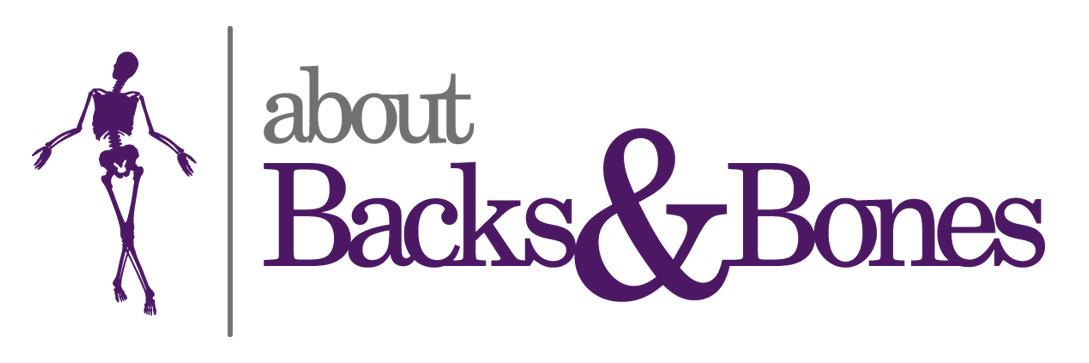So Christmas is over and you ate too much, drunk too much,
and now feeling vaguely motivated to do something about it before the Christmas
over- indulgence flab becomes a permanent feature. Your New Year resolution is
to start running, because that is a quick way to lose weight…
….Or – you don’t fall into that category and you have
started your marathon training and just wondering how you will ever get there –
without an injury!
The Golden Rule for both groups is avoid ‘too much too soon’
and don’t be tempted to say-“ I feel great, I’ll do a bit more…” . There are
numerous Marathon Plans and advice on the internet (marathon-rookie.com is a
good one) but many plans build up too quickly and don’t take some of the basics
into consideration: (check with your GP if you are particularly unfit or have
medical issues)
·
Invest in
good running shoes –you may need another pair already if you have exceeded
400m in your marathon training. Get specialist advice so the shoe fits your
foot-type and running style.
·
You are
what you eat…and drink - to become a good running machine you need the
right fuel – 60% complex carbs, 10% protein and 25% unsaturated fats is a good
start and drink enough that your urine is pale yellow – too much caffeine will
make this more of a challenge!
·
Plan rest
days –almost every other day (if later, you begin to feel sore, ice, rest
and consider a sports massage, osteopathy or physiotherapy)
·
Only
now should you be starting to run –and as a beginner start with 20 mins
walking, 4 times a week on week 1, building up to 35 mins walk/run at week
6. Start ‘running only’ at week 7 for 20
mins each session and by week 10 you can be running 35-40 mins. If training for
a marathon, you need to build slowly up to 20 miles until 3 weeks before your
event, then taper it down. Consider the surface you are running on – tarmac
only will give more impact and increase the chance of shin-splints but uneven
ground off-road can also challenge joints and muscles. Treadmills are useful
but are usually easier.
·
Stretching
– Why would you nurture your muscles, then starve them of nutrients?
Stretching enhances muscle pliability, allowing good blood flow (bringing
nutrients into muscle fibres and removing toxic waste products). Pliable
muscles act as effective shock-absorbers reducing injury and more joint freedom
results which can enhance your running style. Each muscle needs at least 20
seconds of stretch post exercise, ensuring
it is being done correctly as different postures can alter the target
muscles.
·
And if
you become injured… Take it seriously, ice, rest and get
professional help early from a Osteopath, Physiotherapist, Chiropractor or
experienced Sports Massage Therapist as the longer you leave it, the harder it is to
treat and the less likely you are to achieve your goal.

